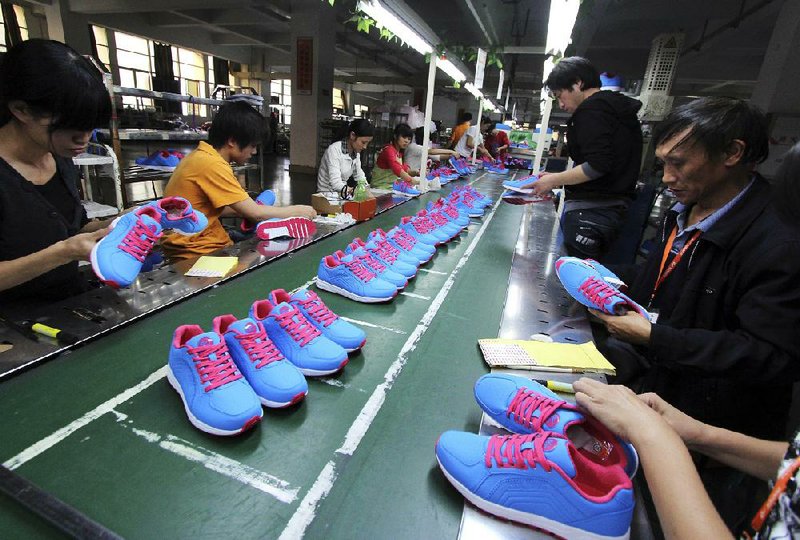BEIJING — The Chinese economy grew faster than expected in October even as inflation slowed, official statistics showed Friday, as the government continued heavy lending through its state-owned banks to rekindle growth.
The latest data, including industrial production, retail sales, fixed-asset investment and electricity generation, were stronger than most economists had anticipated.
“It has become increasingly clear that the Chinese economy is now moving in a better direction,” Zhou Xiaochuan, the governor of the People’s Bank of China, the central bank, said at a news conference Thursday, before the October figures were publicly released.
Bank economists increasingly agree.
“October’s growth data delivered pleasant upside surprises across the board, providing fresh evidence that the economy has indeed bottomed out thanks to the filtering through of Beijing’s policyeasing,” Sun Junwei, a China economist at HSBC, wrote in a research report.
The economic statistics released by the government Friday showed a return to the fairly strong economic expansion that prevailed through much of last year and early this year, and not to the double-digit growth that China has enjoyed for much of the past decade.
Australia & New Zealand Banking said in a research note that the latest figures were consistent with 8 percent economic growth in the last quarter of this year and even faster expansion in the first quarter of next year.
Growth had weakened to 7.4 percent in the third quarter and 7.6 percent in the second quarter, according to official statistics. Many economists have been suspicious that even the figures from earlier this year might have been overstated, given the weakness in electricity generation, which grew barely at all in the second quarter and only slowly in the third quarter.
The economic expansion this autumn appears more broadly based. Business executives have begun to describe recovering exports and domestic sales, and cranes have begun moving again on the skylines of Guangzhou and Beijing.
Steel mills and concrete factories are busier. Power generation increased 6.4 percent last month from the same period a year ago, its strongest gain since March, although still below the double-digit annual gains in previous years.
The renewed growth has been fueled by rapidly mounting debt, as state-owned banks and the central bank have funneled hundreds of billions of dollars in additional lending to state-owned enterprises and government agencies to finance further investment projects.
The Chinese National Bureau of Statistics said Friday that industrial production had risen 9.6 percent in October from the same month a year earlier, compared with 9.2 percent in September and 8.9 percent in August. Retail sales were up 14.5 percent in October from a year earlier, compared with 14.2 percent in September, even though slower inflation at the consumer level was acting as a brake on the increase in retail sales.
Fixed-asset investment was up 20.7 percent for the first 10 months of this year, after having been up 20.5 percent for the first nine months of this year. China releases only yearto-date figures for fixed-asset investment, partly because of the difficulty in tracking when money is actually spent on big construction projects.
Consumer prices were up only 1.7 percent in October from a year ago, compared with an increase of 1.9 percent in September. Western economists had expected inflation in China to stay steady in October.
Producer prices were down 2.8 percent in October from a year ago, a slightly faster pace than the 2.7 percent decrease that economists had expected but not as fast a decline as in September, when they were down 3.6 percent.
Business, Pages 31 on 11/10/2012

